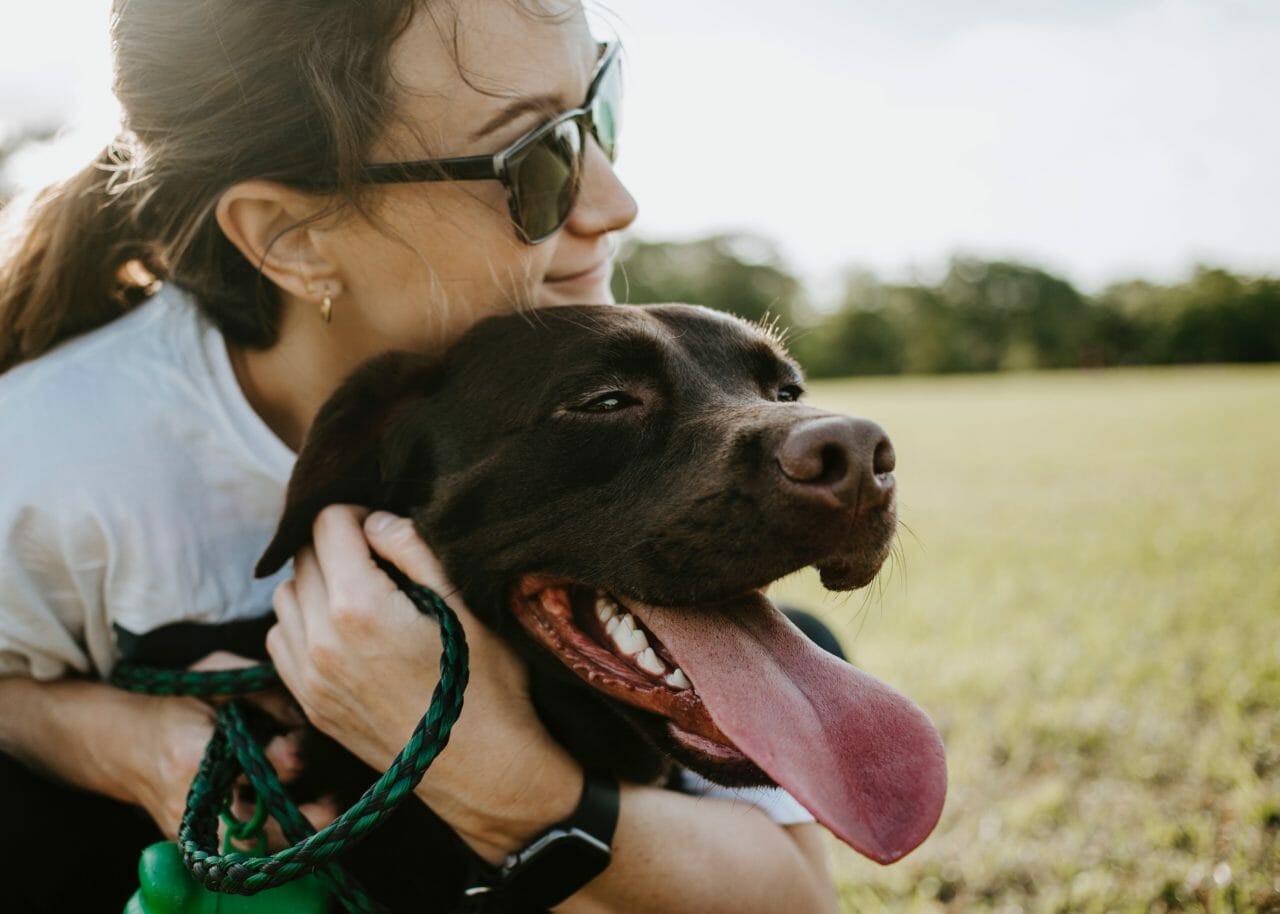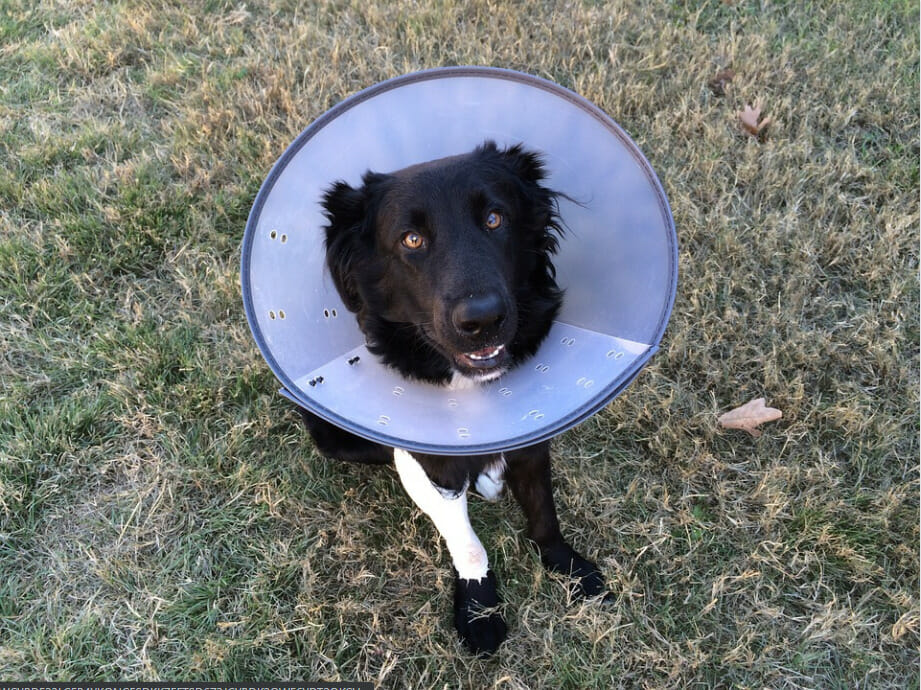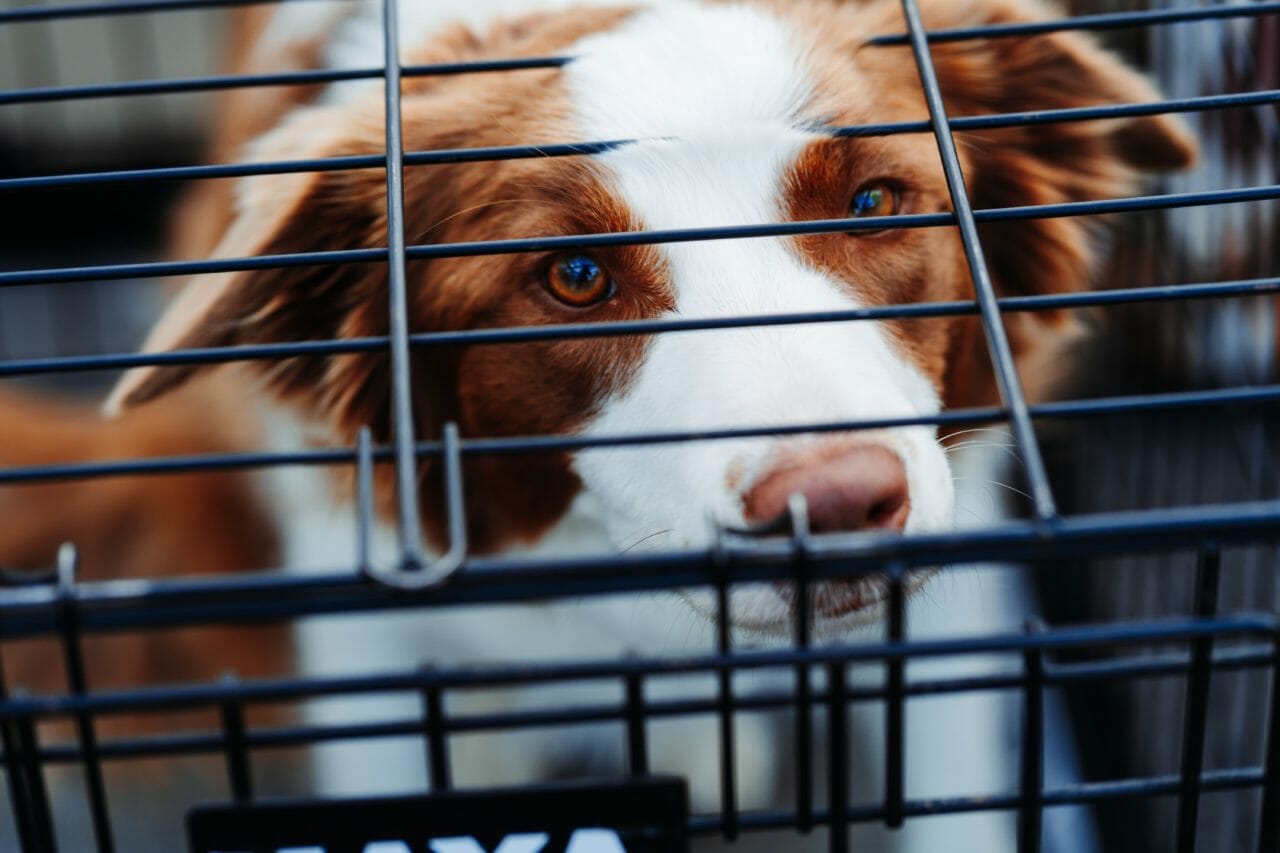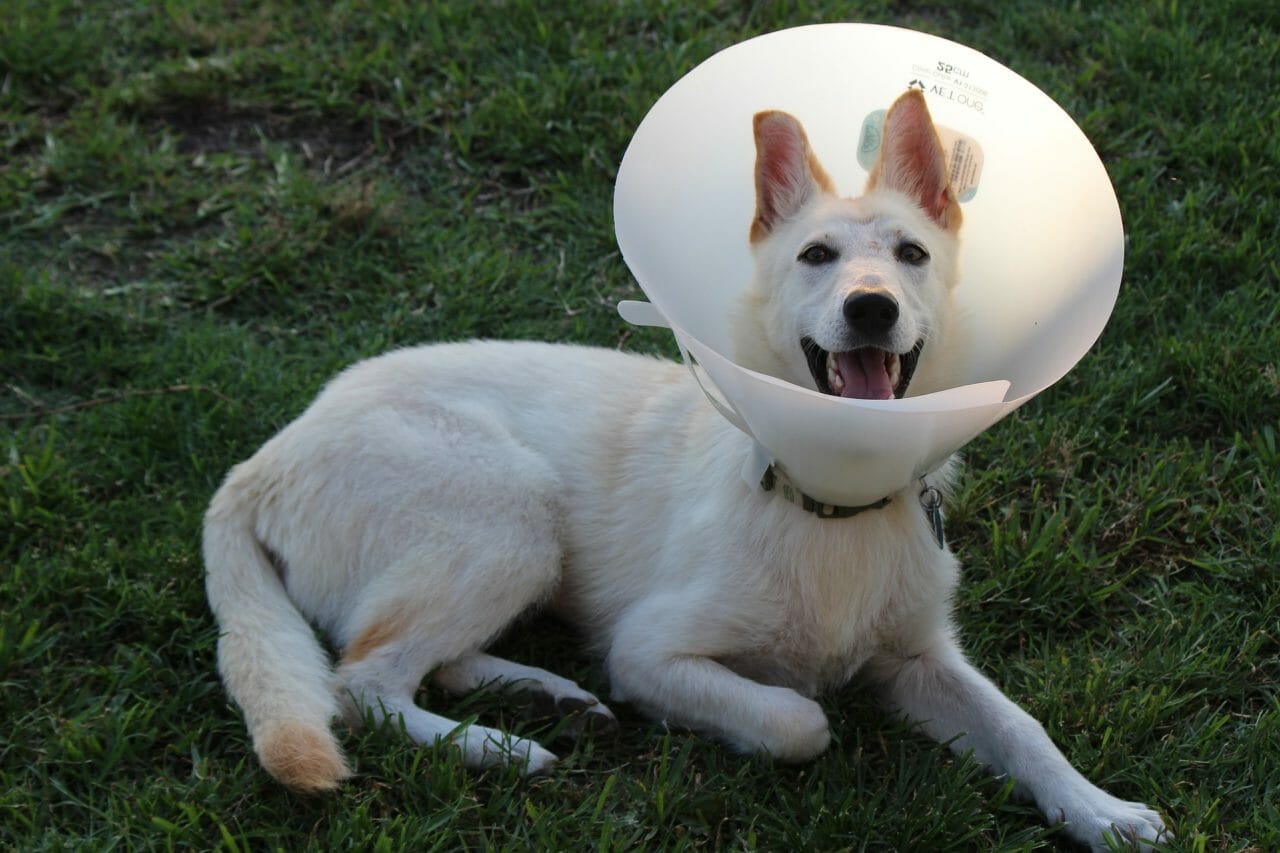Get the information you need to get your dog back up to full speed after bicep tendonitis.
Do you and your furry friend love to play fetch or go on walks? Of course you do and at RehabPet.com, we love it too! But have you ever noticed your dog favoring one paw or lameness in one of their legs?
To ensure you can continue to play away with your doggo, you need to be watching out for any signs of medical trouble. One of the most common injuries most dogs run into is bicep tendonitis.
But what is bicep tendonitis? How can you tell if your dog has bicep tendonitis? And once you know, how do you treat bicep tendonitis in dogs? In today’s blog, the specialists here at RehabPet.com are going to look at everything you need to know about bicep tendonitis that can form in dogs, so let’s jump into it.
What Is Bicep Tendonitis?
To begin, we must understand a bit of canine anatomy.
The biceps muscle is located on the front leg between the shoulder and elbow And helps your dog lift their leg.The biceps tendon attaches the biceps muscle to the shoulder. Bicep tendonitis, or “bicipital tenosynovitis,” is when this tendon and its enveloping synovial sheath become inflamed and swell.
Bicep tendonitis is a common injury in dogs and can happen to any breed or age of the dog. However, it is most common in large breed dogs between the ages of four and seven years old.
There are two types of bicep tendonitis: acute bicep tendonitis and chronic bicep tendonitis. Acute bicep tendonitis describes a sudden onset of the injury, while chronic bicep tendonitis is an overuse injury that has developed over time.
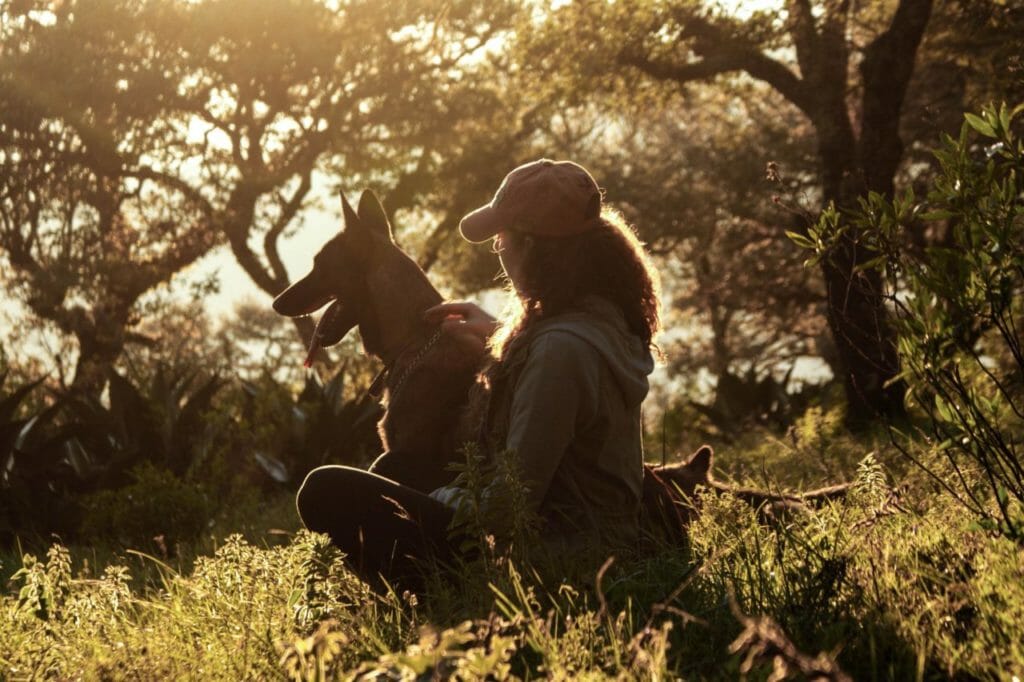
What Causes Bicep Tendonitis in Dogs?
There are several things that can contribute to bicep tendonitis in dogs.
The most common cause of bicep tendonitis is an injury or trauma to the biceps muscle or tendon. This usually happens in dogs that are very playful and active. If your dog loves to jump, run, and play fetch, they are at a higher risk for bicep tendonitis.
Another common cause of bicep tendonitis is degenerative changes that happen with age. Just like humans, as dogs get older, their tendons and muscles start to break down and weaken. This can lead to bicep tendonitis. Diseases that affect the biceps muscle or tendon can also lead to bicep tendonitis.
One of the most common diseases that lead to bicep tendonitis is osteoarthritis. Osteoarthritis is a degenerative joint disease that affects the joints and surrounding tissues.
But the highest percentage of dogs who deal with bicep tendonitis are those who are out of shape or rarely exercise. Just like humans, dogs who don’t use their muscles regularly are more likely to develop bicep tendonitis.
So now that we know what bicep tendonitis is and what can cause it, let’s look at the symptoms of bicep tendonitis in dogs.
What Are the Symptoms of Bicep Tendonitis?
The most common symptom of bicep tendonitis is lameness or limping in the affected leg. Your dog may not put any weight on the leg, or they may only put partial weight on it.
You may also notice your dog holding their leg up or keeping it close to its body. This is because the pain from bicep tendonitis is usually worse when the leg is lowered. Keep in mind that some periods can be symptom-free and then mixed with on-and-off, long-standing cases of mild pain.
Another common symptom of bicep tendonitis is muscle wasting in the affected leg. This happens because your dog isn’t using the muscle as much because of the pain.
If you touch or feel the affected biceps muscle, you may notice it feels hard, thickened, or hot. There may also be swelling in the muscle.
If you notice any of these symptoms in your dog, it’s important to take them to the vet for an examination.
How Is Bicep Tendonitis Diagnosed?
After noticing a change in how your dog is using their leg, the first step is to take them to the vet for an examination.
Your vet will then start inspecting your dog’s shoulder, performing movement tests, and feeling the biceps muscle. They may also check for muscle wasting.
Next, your vet will likely take X-rays of your dog’s shoulder. This will help them rule out other possible causes of lameness, such as arthritis or a fracture.
After the physical examination and X-rays, your vet may recommend an MRI or ultrasound. These tests can give a more detailed look at the biceps tendon and muscle.
Once all the testing is done, your vet will be able to give you a diagnosis.
How Is Bicep Tendonitis Treated?
The treatment for bicep tendonitis will depend on the severity of the injury.
For mild cases of bicep tendonitis, your vet may recommend a combination of rest and physical therapy. The goal of physical therapy is to help improve range of motion and increase muscle strength.
Your vet may also recommend medications to help with pain and inflammation. These may include corticosteroids or other pain medications.
For more severe cases, your vet may recommend surgery. The goal of surgery is to repair the damaged biceps tendon. After surgery, your dog will likely need to go through physical therapy to help them recover.
The good news is that with proper treatment, most dogs make a full recovery from bicep tendonitis.
How Can I Prevent Bicep Tendonitis in My Dog?
One of the best ways to prevent bicep tendonitis is to make sure your dog stays in shape. A regular exercise routine will help keep their muscles strong and healthy.
A healthy diet with the right balance of vitamins and minerals is also important. This will help keep their joints healthy and reduce the risk of injury. You should also avoid letting your dog jump from high places. This can put unnecessary stress on their biceps muscle and lead to bicep tendonitis.
If your dog is already showing signs of bicep tendonitis, it’s important to get them treatment right away. While you wait to bring your dog to the vet, make sure you limit strong physical activity. This will help reduce pain and inflammation.
How Long Does Recovery From Bicep Tendonitis Take?
The length of recovery from bicep tendonitis will depend on the severity of the injury.
For mild cases, recovery may take a few weeks. For more severe cases, it may take several months. After surgery, your dog will likely need to go through physical therapy to help them recover. Most recovery timelines are usually between four to six months with proper treatment.
Wrapping Up
Bicep tendonitis is a common injury in dogs. We at RehabPet.com know how important it is to get your dog to the vet right away if you notice any changes in how they’re using their leg. The sooner you start treatment, the better your chances of making a full recovery.
So be sure to keep an eye out for your favorite furry friend. While they can’t talk directly to you, knowing the signs and what to do is key to being an incredible dog owner.
